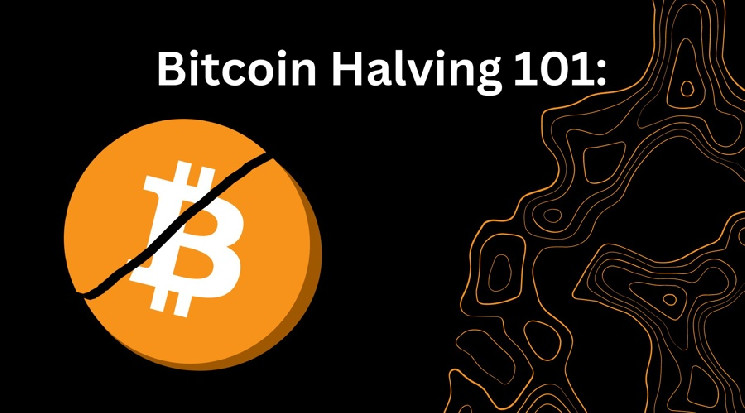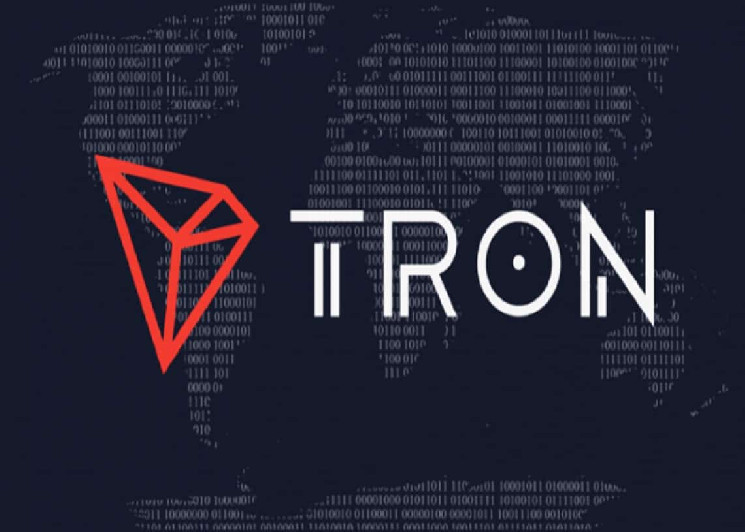Every four years, Bitcoin undergoes a halving event where the mining rewards are halved. Initially starting at 50 BTC, the current reward is 6.25 BTC, set to be reduced further to 3.125 BTC after the next halving. This reduction occurs every 210,000 blocks, approximately every four years, with the next expected halving in April. Observing Bitcoin’s price action over time reveals a pattern of vertical gains, corrections, and recoveries that seem to align with halving events, fueling the belief among traders in halving-driven movements.
As the crypto market matures, questions arise regarding the continued relevance of halving events, especially with the introduction of spot Bitcoin ETFs in the US. Some suggest that other factors, beyond halving events, drive price movements. With 93.5% of Bitcoin’s total supply already in circulation, the impact of halvings on a larger market cap is debated. Despite Bitcoin’s current market cap surpassing $1 trillion, some argue that halving events may lose their significance as the asset gains mainstream acceptance and institutional adoption increases.
On the flip side, arguments supporting the importance of halving events point to basic principles of supply and demand. Recent data shows that ETF inflows are consuming significantly more BTC than the new issuance before the halving, reinforcing the significance of halving events in the context of supply dynamics. Additionally, the psychological impact, along with the influence of narratives and beliefs, play a crucial role in shaping market behavior and expectations, emphasizing the continued importance of halving events.
While some debate the true impact of halving events on Bitcoin’s price cycles, the prevailing belief in their significance underscores their continued importance in shaping investor sentiment and market behavior. Despite the evolving crypto landscape and the introduction of ETFs, the influence of halving events on market expectations remains a key factor in the crypto industry.









